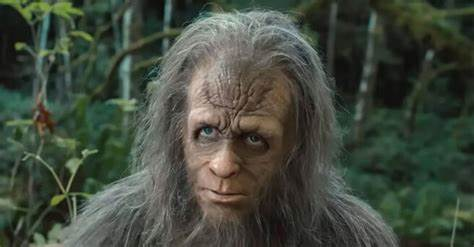Michael's Movie Grade: B-
A well-made but uneven romantic sports film.
There is a lot to really love about this movie. The framing device is simply brilliant. We see an intense tennis match being played inter-spliced with various flashbacks showing everything that lead the characters to where they are now. Though these flashbacks cover a span of 13 years and flow back and forth from these time periods often, the film never becomes hard to follow. The device is not only for show but also often holds the movie together. It shows how this romantic triangle is in fact just like a tennis match. This triangle often becomes a game of one-upmanship. Also like a game of tennis this romance is a heated game that is held together by passion and tension. However, while these things may make a great tennis match, they are not the same thing as love. Even from the beginning of the film, we know that this cannot bring any of these characters what they truly want it to. Speaking of passion and tension that is fully felt in many scenes in this film. Though the main characters may never be likable, they are charismatic. This is the main ingredient to the sexual tension. This ingredient is also most important to the female lead. We need to understand why the male characters are so enamored of her and in a film like this, her being beautiful would hardly be enough. Luckily what Zendaya brings to the role is so much more that this (though she is very beautiful). She brings a certain presence to this character that cannot be described but is more sexy than just physical beauty could ever be. If this film starred an actress who couldn't bring this, then the whole movie would simply fall apart. The musical score by Trent Reznor and Atticus Ross (both of whom were members of the rock band Nine Inch Nails) is simply incredible. If more tennis matches had music by them, everyone would watch tennis.
This film becomes less interesting when it delves more into the pure romantic melodrama that it eventually becomes. Since these characters are far from likable, they work less well in these melodramatic scenes. While these characters have a charisma that makes the more overtly sexual early scenes play very well, we simply don't care about them enough to really care enough about these more traditional romantic scenes. Those require a certain amount of sympathy that we don't have. The film also suffers from overlength and there is no doubt that a shorter runtime would have made this a much more gripping movie. This movie also suffers from a weak and underwhelming ending.
This movie may be uneven but there are some true moments of brilliance to be found.





